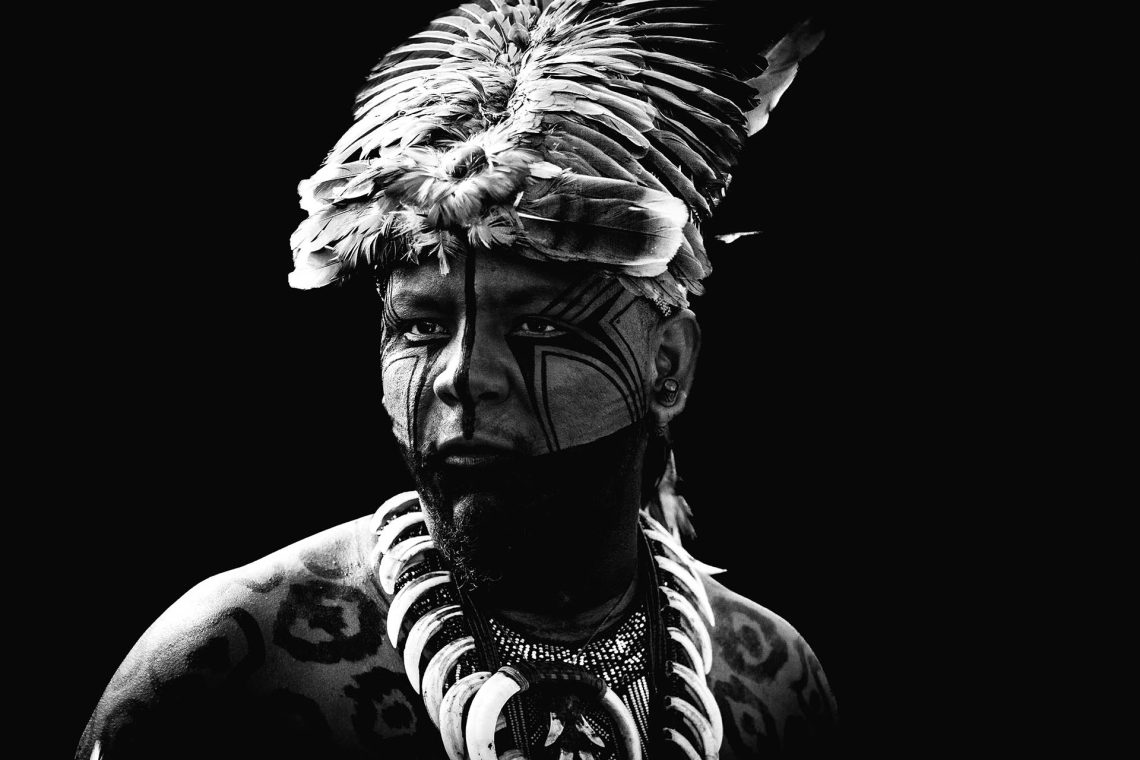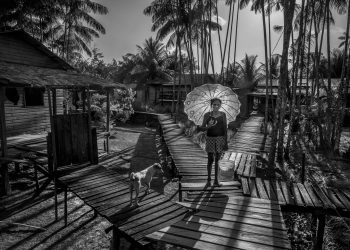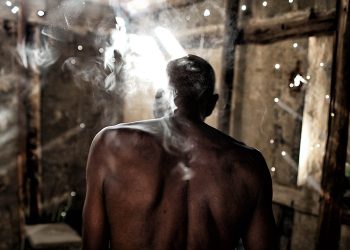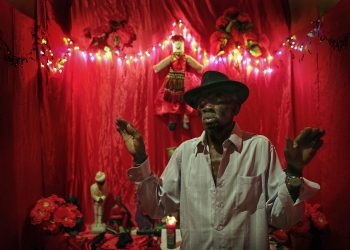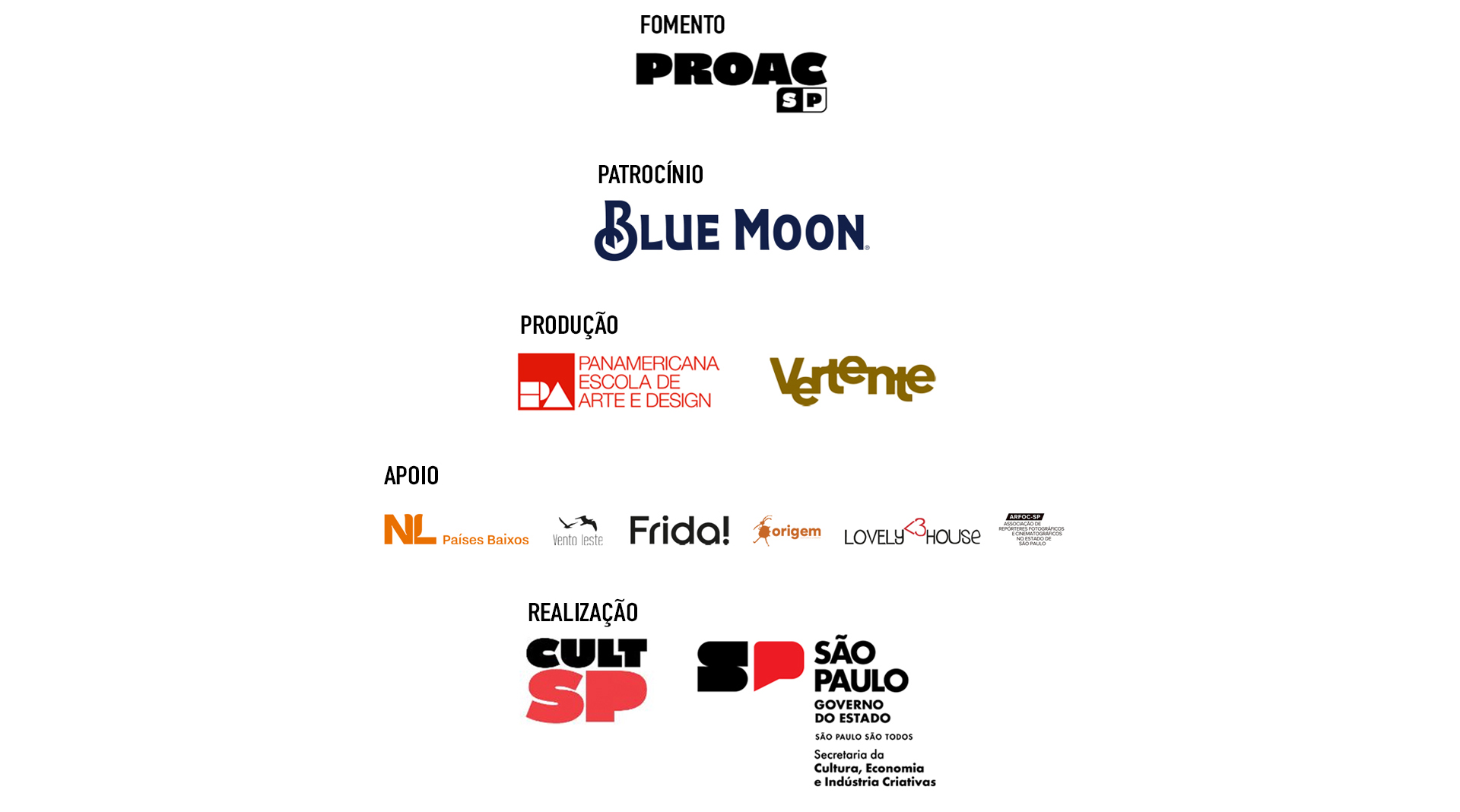Resisting encroachment on their lands and ways of life, Indigenous leaders from across Brazil gather annually in Brasília for the ATL – Articulação dos Povos Indígenas (Indigenous Peoples’ Mobilization). It’s a unique opportunity to document cultural diversity and celebrate unity in struggle.
Since 2022, Douglas Protázio has used portraiture to capture the identity and cultural strength of participants in this pivotal movement. Part of this work gave rise to the series Nhanderekó: The Essence of Indigenous Resistance, a finalist in the FotoDoc Photo Contest 2025.
Nhanderekó is a Guarani term meaning “way of being” or “way of life,” representing the values, traditions, and practices that guide Indigenous peoples’ existence and relationship with the world. Using basic techniques, Protázio focuses on the expression in each subject’s gaze—a blend of pride and strength that emerges uniquely in every portrait. The series also highlights cultural markers like adornments and body paint, revealing the distinct identity of each group.
Learn more about the photographer and his finalist series in the interview below.



How old are you? Where do you currently live and work?
I’m 49 years old and live in Brasília (DF), where I also develop my photographic work.
Tell us about your journey in photography. When did you start, and why? What role does photography play in your life?
I photograph to unveil stories, emotions, and cultures. My connection to photography stems from my grandfather, Miguel de Sousa, and inspirations like João Roberto Ripper, Claudia Andujar, Sebastião Salgado, and Yousuf Karsh. I hold a degree in photography, with a postgraduate specialization in photojournalism, and I seek images that transcend the moment to capture the essence of humanity.


Tell us about your work selected as a finalist for the FotoDoc Photo Contest 2025. When and where was it created? What was your vision? How does it fit into your broader body of work?
Nhanderekó was shot during the ATL – Articulação dos Povos Indígenas in Brasília. The series portrays participants’ cultural identity and resilience, using both digital and analog techniques, with an emphasis on black-and-white imagery and chiaroscuro to heighten emotion and presence.
What projects are you currently working on? What are your near-future plans for your photographic practice?
Today, I focus primarily on analog photography and themes tied to human rights—a path I plan to deepen in upcoming projects.
Translated by Deepseek AI




